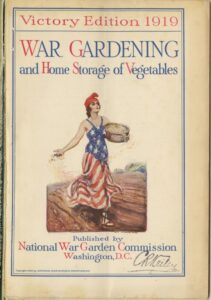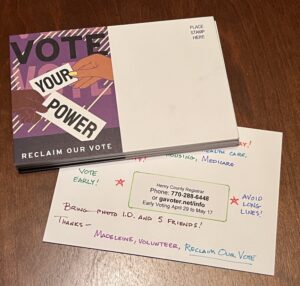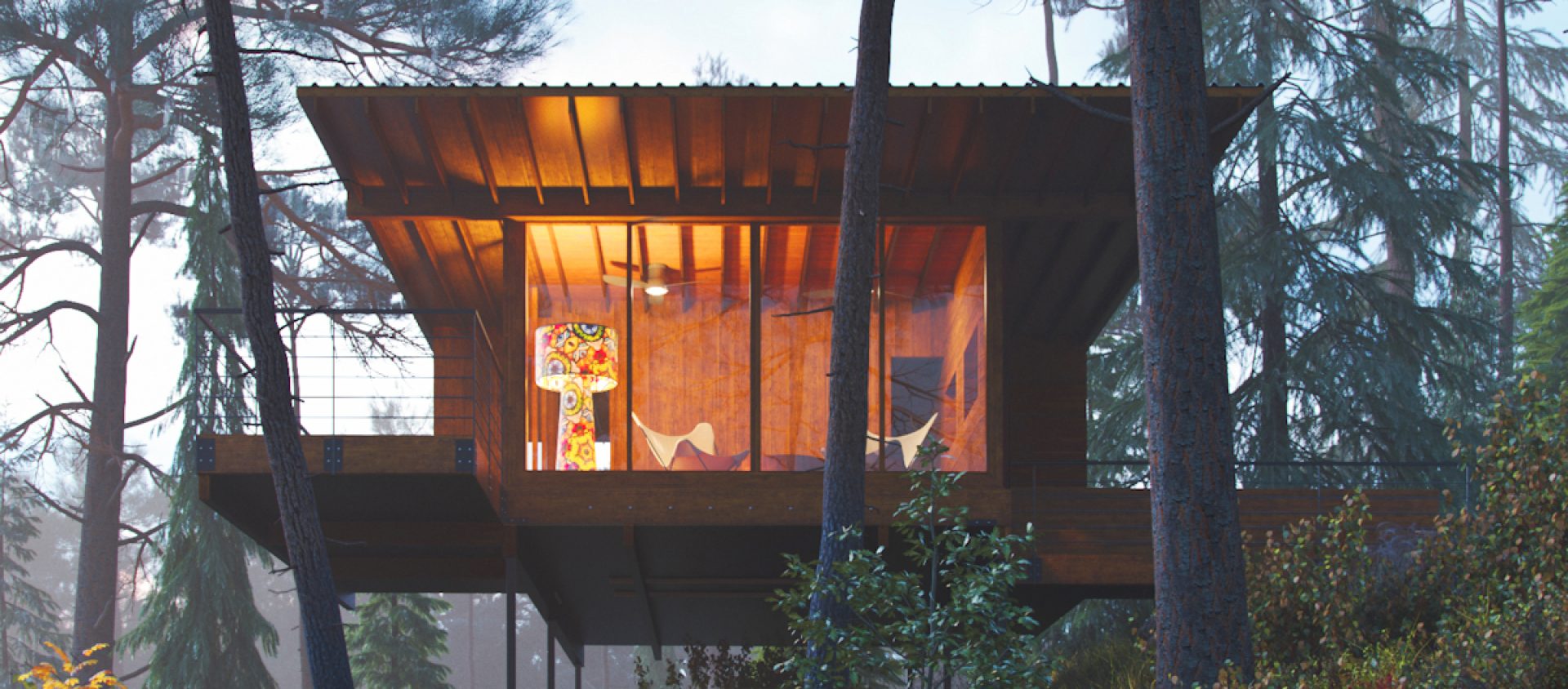Left-of centre Jews in countries like Australia, the US and the UK face a wall. We try to talk to people, but instead we talk to that wall. It’s an immense and solid and stubborn wall. Its bricks are made of bigotry. The wall prevents people from talking to each other, from working together, from meeting shared goals, and, every day, makes life unsafe for more and more Jews.
This week, in Australia, a bunch of things happened and each one of them showed me a small bit of that wall. Now that I’ve seen it, I can’t unsee it, but at least I know why a whole bunch of people I’ve known for years suddenly can’t see me and won’t listen to me. There is a fragging wall between us.
I handle the wall by not carrying every moment of hate and every ounce of despair at once. I try to take the bits I can handle and only turn to the next bit when I’m ready. This is difficult, because more hate and more hate and more hate is thrown my way. Those who do the throwing, who once were friends, are often behind that wall. They tell me I have to follow their guidelines and do everything their way, otherwise I am evil. I need to put the lives of Gazans ahead of my own. I understand that demand. People in Gaza hurt. Their lives are in constant danger, from the IDF, also from Hamas, from other militant groups. If I silence myself and join the marches, however, will it help them? If I devalue my own life, will it help them?
It won’t. I cannot change the lives of Palestinians by shouting at clouds. The best thing to do, then, is to find wise people I can learn from. I seek out people who don’t hate: they are Palestinian and Israeli and they talk to each other about the future. I cheer on the Israeli crowds demonstrating against Netanyahu’s government, because Israel is a democratic country and can change its path. Its citizens need support to make those changes, not incessant and impossible hate.
While I can’t see how exacerbating antisemitism in Australia helps Israel change its direction or saves lives in Gaza, I can see that it hurts Australian Jews. We’re not asked our views or our thoughts, or if we lost anyone on October 7, or if we receive hate mail. We are required to use old-fashioned (mostly hateful) shibboleths. If we don’t use them, then we’re accused of being part of the problem. Also of murdering children. This is fascinating from a story angle, but almost impossible to handle as part of every day. So many diaspora Jews have to watch for red flags and warnings of danger to us, personally.
In short, to reduce the impossibility of all of this I ask myself what I can do if I want justice for the most people possible. I can listen and, when it’s appropriate, talk. Not give the shibboleths. Not silence myself. Not accept hate.
I cannot talk for anyone in the Middle East: I’m Australian. I can only speak for myself. More than this, I can only speak for myself when it’s safe for me. It’s probably not entirely safe for me to write this, but it’s safer than going onto a social media site and trying to talk with anyone on the other side of that damnable wall. They won’t hear, and I will become one of their increasing number of targets. (This is literal, but now is not the time for me to go into the blockings and the lists.)
Those behind the wall of hate are mostly good-hearted people who mean well. Life would be so much less complicated if they were monsters.
So much has happened in my vicinity this week. I can handle just two incidents, of the many. To talk about everything would be to carry all the weight at once and I would collapse under the strain. These are both Australian things. Not the ‘it’s not safe to be seen in public wearing things that identify you as Jewish’ nor the watching for red flags to find out precisely which people I thought were friends are really not, right now. Not the old stuff of being accused of murdering and being told I’m privileged and being told I don’t know history or … so much old stuff. The old stuff is the foundation of the wall. The new stuff is the wall itself. Right now, the wall is growing every day.
In Australia, straight after the October 7 massacre, when most of us with friends and relatives in the region had no idea who was hurt, who was dead, who was hostage, someone in authority decided that it would be a good thing to allow Australians (mostly Jewish) with links to that border area, by lighting the Sydney Opera House with the colours of the Israeli flag. The idea was, I think, that Sydneysiders could mourn together and that this would help with an impossible situation.
On the day, the police advised Jews, “It is not safe to go to the Opera House” and that, if anyone Jewish went, we should dress to not look Jewish. No stars of David, no kippot, nothing indicative of our background. Most Jewish Sydneysiders took this to heart and stayed safe at home.
Why did the police send this advice? Because they were told that there would be a pro-Palestine demonstration. This was not like the more recent demonstrations. It was not crying for an end to war, because there was, at that point, no war. I may not think that the constant demonstrations help, but the loss of life, the pain, the torment the non-Hamas folks of Gaza are going through – that’s enough reason to demonstrate so I understand those who are part of them. I wish they’d take the time to understand me. Back then, Israel had not retaliated. It was in shock. Most of those who demonstrated were polite, but even the polite demonstrators were celebrating the murders of October 7.
Some demonstrators said stuff. A video was circulated of the stuff. Some people claimed it said ‘Gas the Jews’ and others said it did not say this.
Last week the police reported on the video. While they thought the video said “Where’s the Jews” and “Fuck the Jews,” their expert says it did not say “Gas the Jews.” They said that there were people who heard “Gas the Jews,” but that the police didn’t have enough information to change anyone. In other words, they agreed about the level of antisemitism expressed by some of the demonstrators, but couldn’t act on it.
Those who live on the other side of the wall to me are now making a commotion about how things are, that we all made such a fuss about a false claim. Those not behind a wall are saying that the antisemitism was shocking.
The second event concerned a fire. Those who lit a fire that destroyed the Burgertory takeaway in Caulfield were arrested.
Why is this such a problem? It isn’t, in one way. Criminals arrested, proof was tendered that it was not a hate crime against the Palestinian-Australian owner of the restaurant chain, we could all move on.
Except…
There had been an anti-Jewish riot (not a large one, but not a safe one, either) the Friday after the Burgertory fire. The owner discouraged action, I believe, but a bunch of people (a very large bunch) drove from suburbs an hour away (or thereabouts) to protest the alleged Jewish burning of the restaurant. No-one knew who the arsonists were and the demonstrators decided it was a Jewish thing. Australia went from “Fuck the Jews” to “Blame the Jews”.
Caulfield is a suburb with many Jews. Also, it was one of the big round number anniversaries of Kristallnacht. The protest (with its violence) was in the park next to a synagogue.
Someone on Twitter the next day posted that they (they themselves, not people they knew) had seen creepy men in the park when they went there to demonstrate. One of their friends talked to one of the creepy men, and were told that they were synagogue security bods. The guards are nothing new. Synagogues in Australia have needed someone watching out for things all my life, and I have very unfond memories of all of us being marshalled outside in the 70s, because of bomb threats. No Jewish institution in Australia is safe right now, and the Federal government gave a big wad of cash to both the Jewish and Muslim communities to address the safety of Muslims and of Jews in this increasingly perilous world.
The guards in the park are important because of that tweet: we know that at least some of the visitors from many miles away knew there was a synagogue. I knew there was one too, because a cousin is very active in the synagogue. He was among the evacuees.
The bottom line is that, on the anniversary of Kristallnacht, the police closed down a Jewish service, unfinished, because people outside were feared to be violent.
The moment the actual arsonists were made public (just last week) loads of people wondered (publicly) if those who had claimed the fire was set by Jews would apologise. I didn’t see apologies. What I saw were wall-blinded people finding something else to hate in Jewish Australia. That’s another story, and too close to me for safety right now.
I’m tired of the hate. I’m tired of those who only see what they want to see. I would be less worried about my fatigue if the wall didn’t also lead to a blindness concerning the Middle East. I’d be less distressed by this if the protesters worked towards outcomes we could all live with. I wish the activists asked “How can we get people out of this mess? How do we help everyone not guilty of vile things be safe and have food and rebuild and… how do we get all the people who are committing crimes be put on trial?” If we supported Israel, then it could be persuaded to dump the government (so many Israelis already want to) and Israel could start to talk with the non-Hamas Palestinians in Gaza and work their way (however long it takes) towards an accord. If we sent more help to Gaza, though any agency that is not compromised, then people would not starve. If, instead of being exhausted on demonstrations and apparently righteous anger, that same energy were put into finding a way (lobbying? raising money?) to create a Marshall Plan equivalent, then the people of Gaza would have the option of long term help to create a solid economy and to rebuild Gaza and to bring business back to Gaza.
While the new antisemitism uses a rather compelling edifice to block their view of the world rather than spending energy working towards a just future for all parties who are not actual criminals… I cannot admire those who shelter behind it. Until they break down the wall, they are helping make Australia unsafe for Jewish Australians. They fuel the crowd at the Opera House and the crowd in Caulfield and create an atmosphere of constant hate. This is the choice of those behind the wall: I don’t have to like it.
 During the early days of Covid (y’all remember the early days of Covid, right?) I realized that if I didn’t do something I would get…a little frantic. I have a well managed tendency to anxiety, counterbalanced by the belief that running in circles flapping my arms and squealing does nothing to improve the situation. If I can do something–even a small something–to ameliorate an anxietous situation, I feel better. I think of this as tending a Victory Garden*, after the WW1 and WW2 practice of home gardening to reduce the strain on supply chains during the war.
During the early days of Covid (y’all remember the early days of Covid, right?) I realized that if I didn’t do something I would get…a little frantic. I have a well managed tendency to anxiety, counterbalanced by the belief that running in circles flapping my arms and squealing does nothing to improve the situation. If I can do something–even a small something–to ameliorate an anxietous situation, I feel better. I think of this as tending a Victory Garden*, after the WW1 and WW2 practice of home gardening to reduce the strain on supply chains during the war. 

